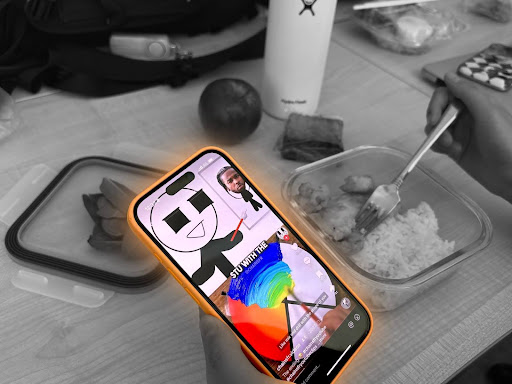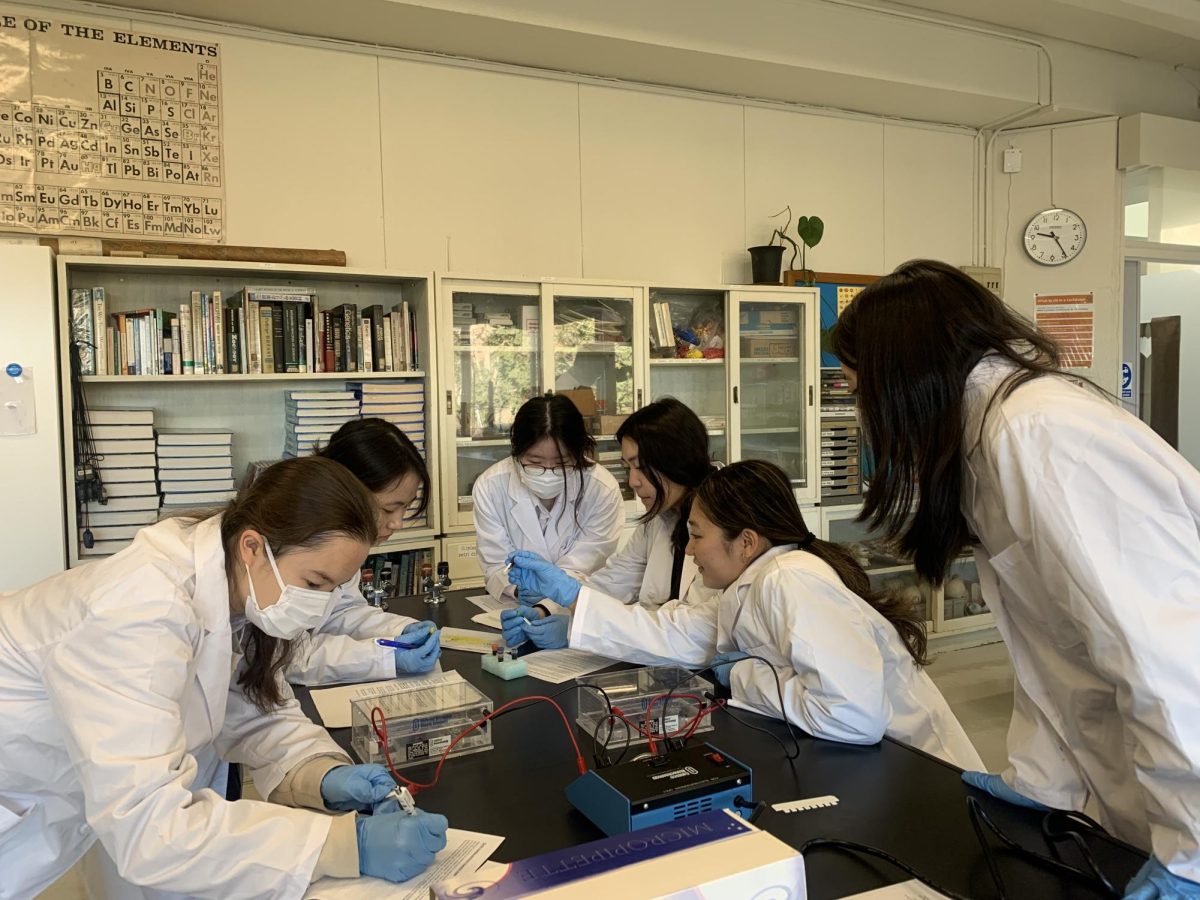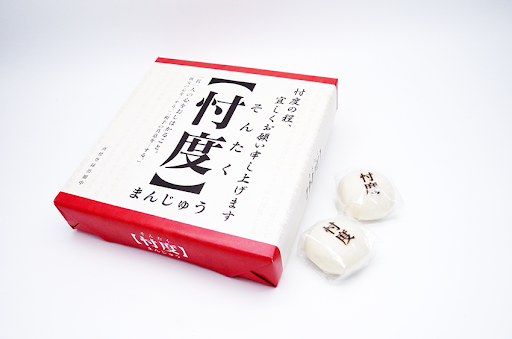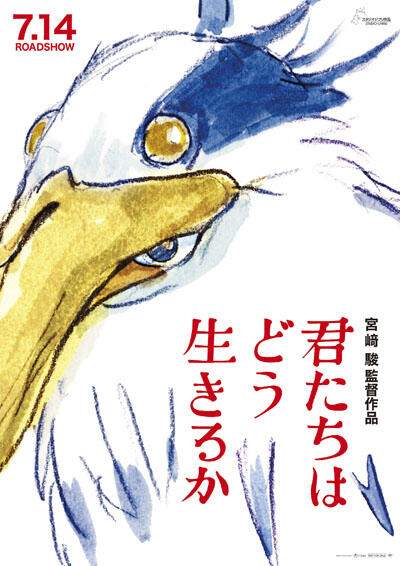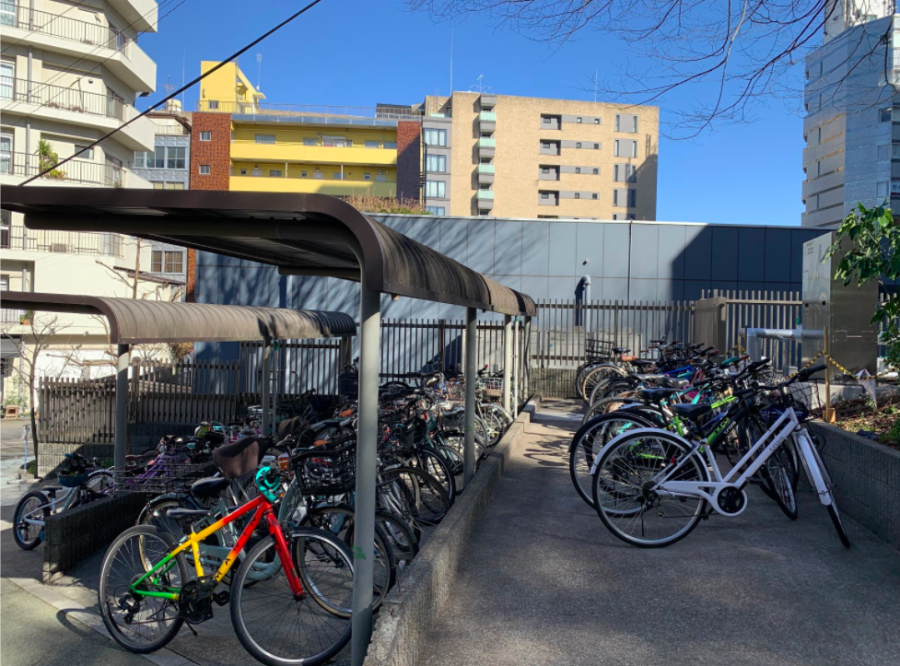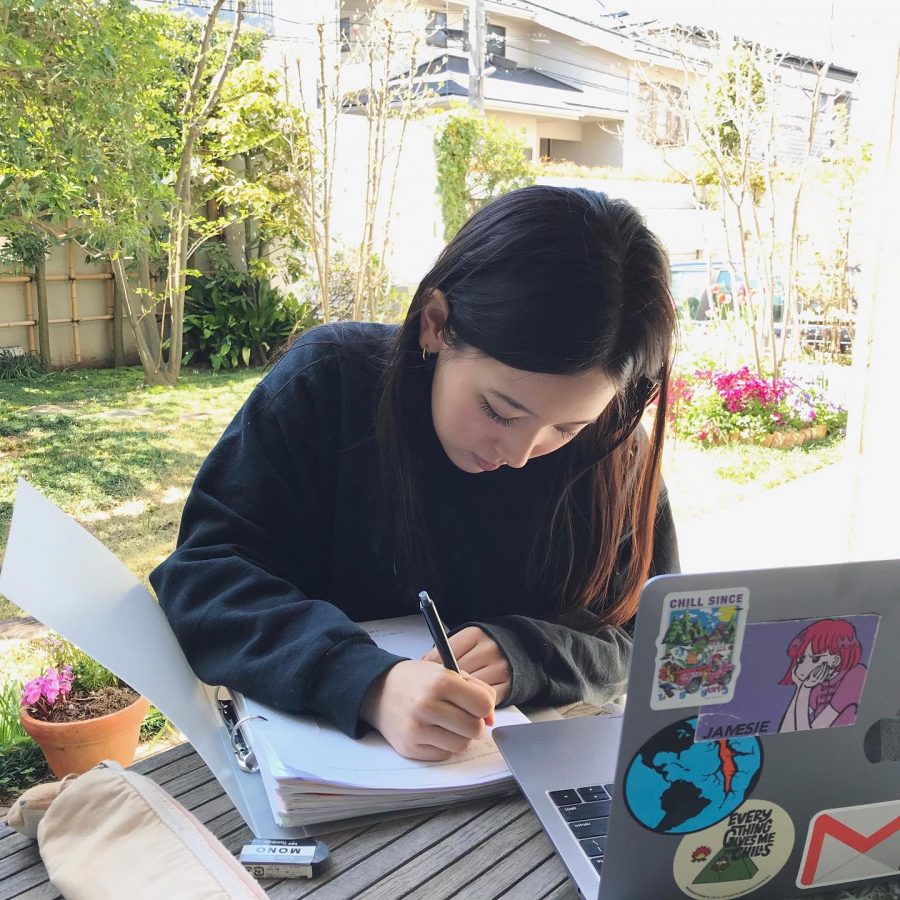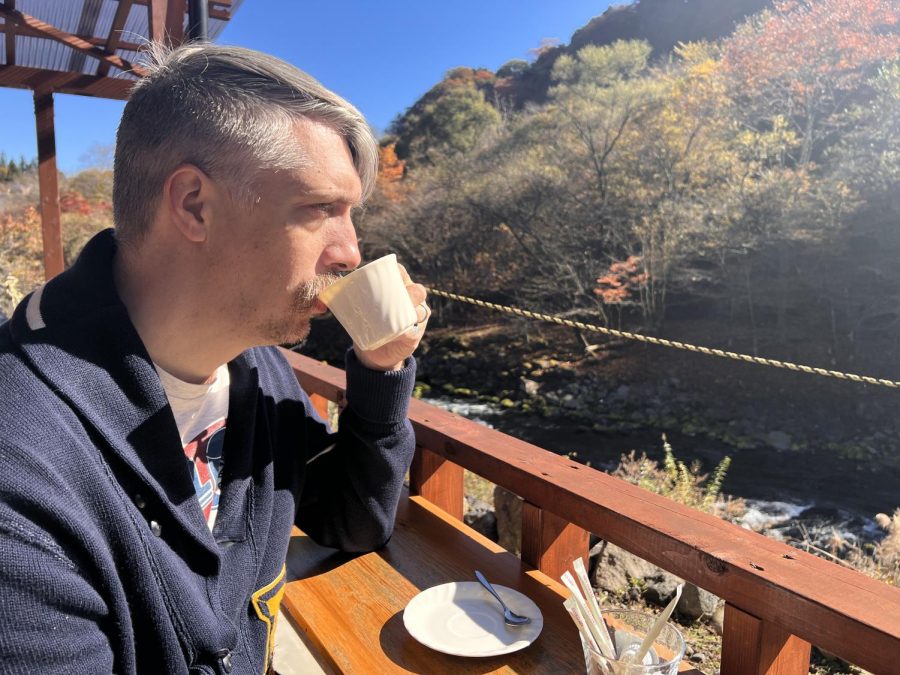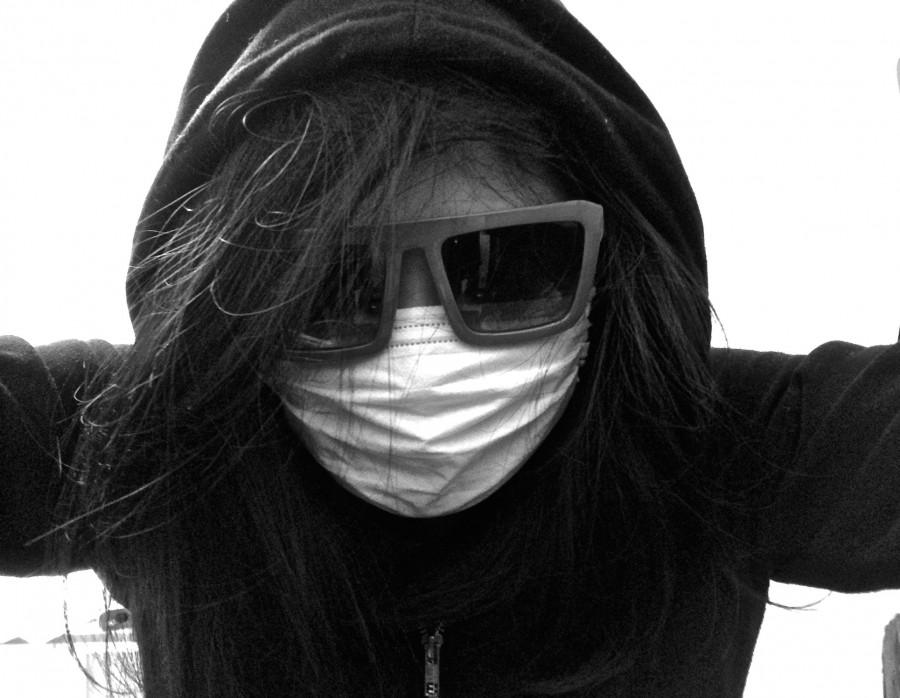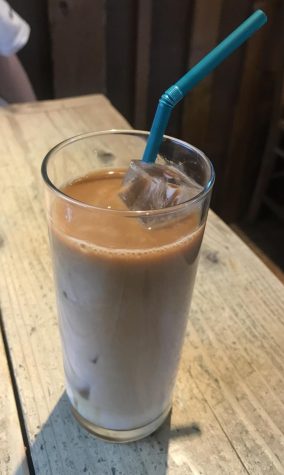Hay fever
Student M is prepared to go out and face the world in her pollen-proof attire.
Got a runny nose, red eyes, or itchy throat? Well, you may actually have a case of, drumroll please, hay fever.
The name is quite misleading, for the the allergy is not caused by hay, and does not produce any fevers.
More accurately, it is pollen allergy often caused by multiple exposures to plant proteins. Many trees, grass, and weeds produce dry particles of protein known as pollen, which induce an allergic reaction when inhaled. Symptoms include coughing, sneezing, irritation of the sinuses, accumulation of phlegm in the nose and airways, and/or itchiness in the eyes. Indeed, it appears to be very similar to the commong cold.
These evil plants are ubiquitous here in Japan, and, as expected, this city is a hub for this cumbersome condition. In spring season, the pollen from these plants are shot out into the open and go flying all over the place, on its mission to burden the country’s entire population. Tap on someone’s shoulder and ask if they experience the above symptoms in spring: there’s at least a 25% chance that said person will nod their head.
The problem is that hay fever is often confused with the common cold. The way to tell the difference is, if the symptoms continue on for longer than two weeks, that is a high indication of hay fever. Symptoms and their intensities differ from person to person, but in many cases they can be a heavy burden. Many patients experience difficulty focusing, enjoying outdoor activities, or even engaging in simple everyday tasks simply due to severe discomfort. Even within ISSH, it is not rare to see students in classrooms and corridors sniffling and rubbing their eyes in frustration.
To combat this cumbersome condition, or to prevent it before it strikes, here are some simple tips also recommended by the Japan Ministry of Health that anyone can use to prevent the symptoms from occurring or becoming worse:
1) Check the news or the web for the daily pollen percentage report. Japanese news channels usually report pollen percentages along with the weather in the spring season, and it shows the relative amount of pollen flying around on the day.
2) If possible, be a hermit. Avoid going outside on days when the percentages of pollen are high.
3) If you really, truly must go out, say for example, because of work or school, use protection such as masks when outside. You could even opt for a pair of pollen-proof goggles or glasses available in most glasses stores.
4) Choose clothing with a smooth exterior. (Think windbreakers or jumpers, not fluffy or furry coats.) Rough fabrics will cause pollen to stick and stay on it.
5) When returning home, give your clothes a brushing or a few pats to rid of the pollen before entering. Once inside, make sure to wash your hands, give your throat a gurgle, and blow your nose.
6) Keep windows and doors closed as much as possible, to avoid the pollen from entering the house, and consider doing the laundry indoors on days when pollen dispersal is high.
7) Yes- even you, lazy bum. Cleaning and vacuuming frequently is important, to prevent pollen from accumulating. Try to focus on areas by the window, as those areas are full of pollen.
There are also medications available to alleviate the symptoms, as well as ones to prevent the condition before the evil allergy makes its appearance. In any case, if these symptoms are bothering you, it would perhaps be worthwhile to consult a doctor to discuss treatment options–hopefully then you will no longer find these beautiful trees and flowers so burdensome.


